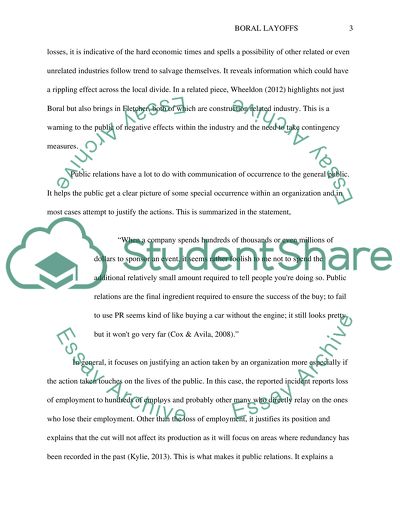Cite this document
(Boral Downsizing and Redundancy of Employees Research Paper, n.d.)
Boral Downsizing and Redundancy of Employees Research Paper. Retrieved from https://studentshare.org/human-resources/1469356-public-relation-research-essay
Boral Downsizing and Redundancy of Employees Research Paper. Retrieved from https://studentshare.org/human-resources/1469356-public-relation-research-essay
(Boral Downsizing and Redundancy of Employees Research Paper)
Boral Downsizing and Redundancy of Employees Research Paper. https://studentshare.org/human-resources/1469356-public-relation-research-essay.
Boral Downsizing and Redundancy of Employees Research Paper. https://studentshare.org/human-resources/1469356-public-relation-research-essay.
“Boral Downsizing and Redundancy of Employees Research Paper”, n.d. https://studentshare.org/human-resources/1469356-public-relation-research-essay.


